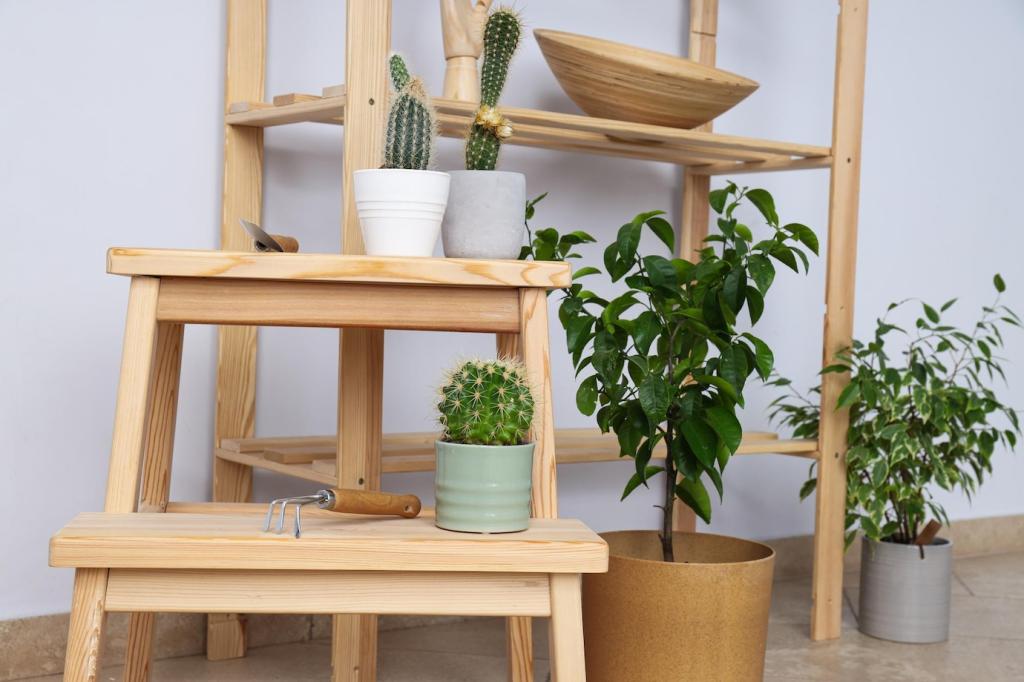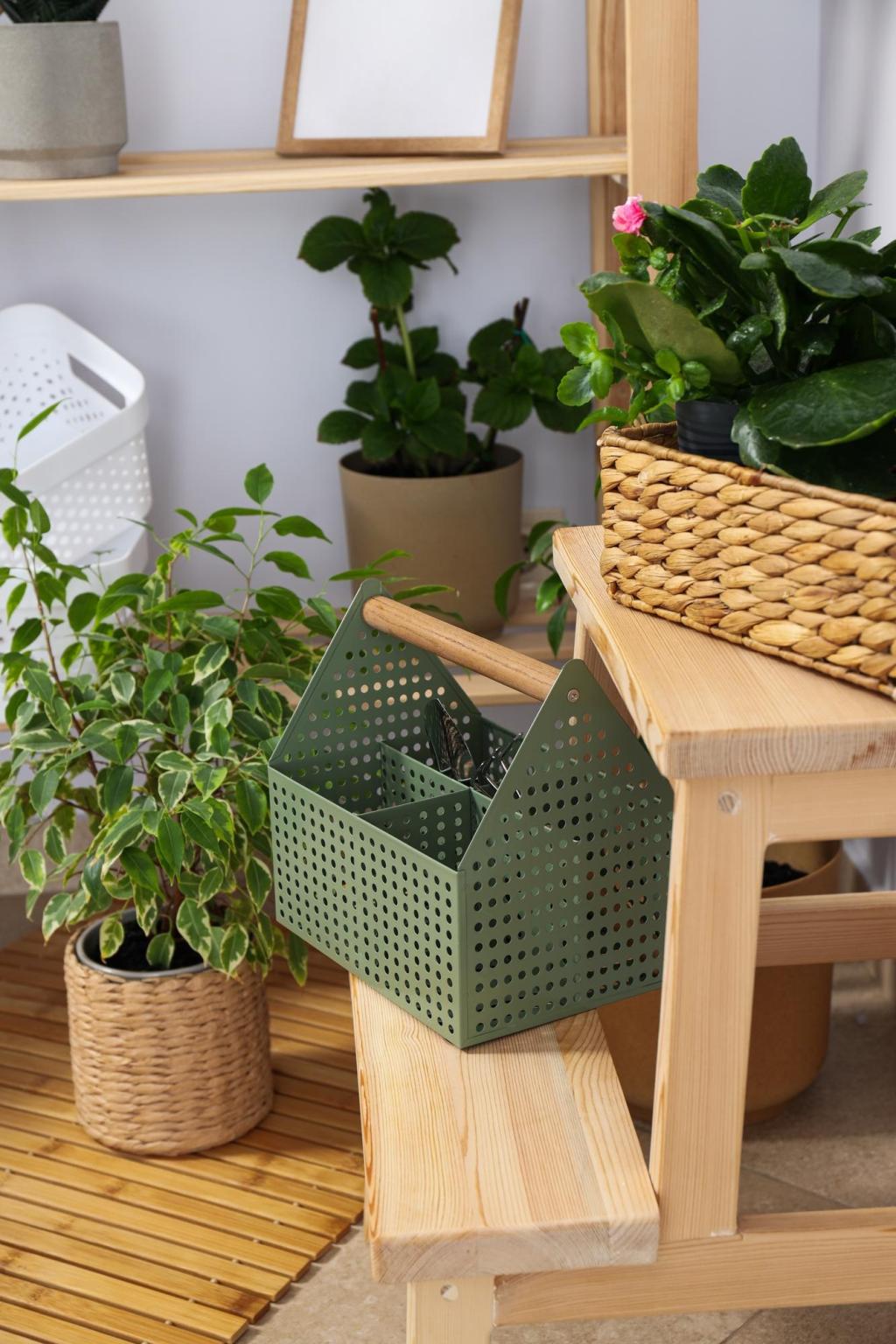Community and Culture of Care
Invite neighbors to tighten joints, touch up finishes, and re-glue loose dowels together. Shared knowledge multiplies impact and reduces the need for replacements. Post photos of your gathering and tag us so we can cheer you on.
Community and Culture of Care
Pick a tired piece and breathe new life into it using low-impact methods—patch, refinish, reupholster with reclaimed fabric. Document the process and carbon-saving choices. Share your before-and-after story to inspire our readers to try their own.







